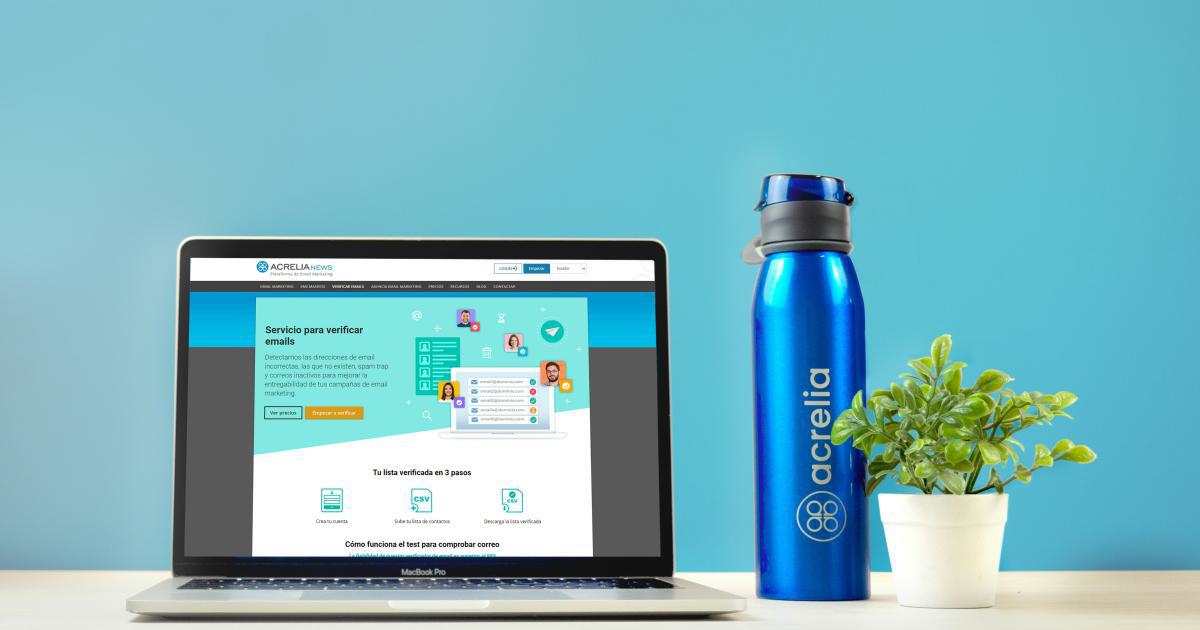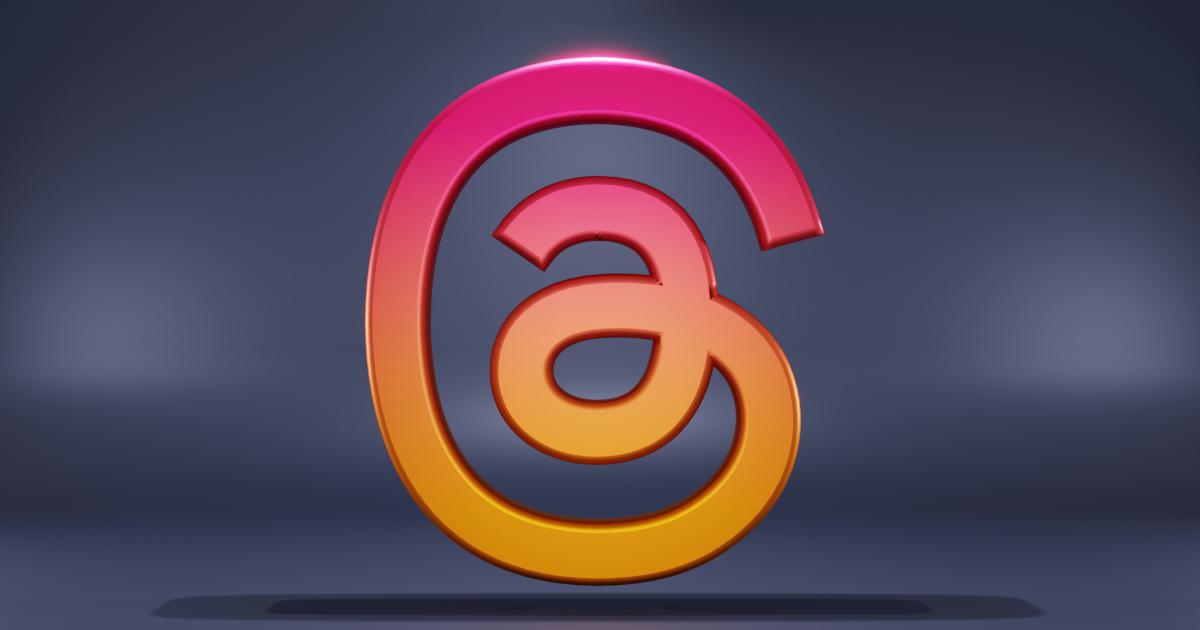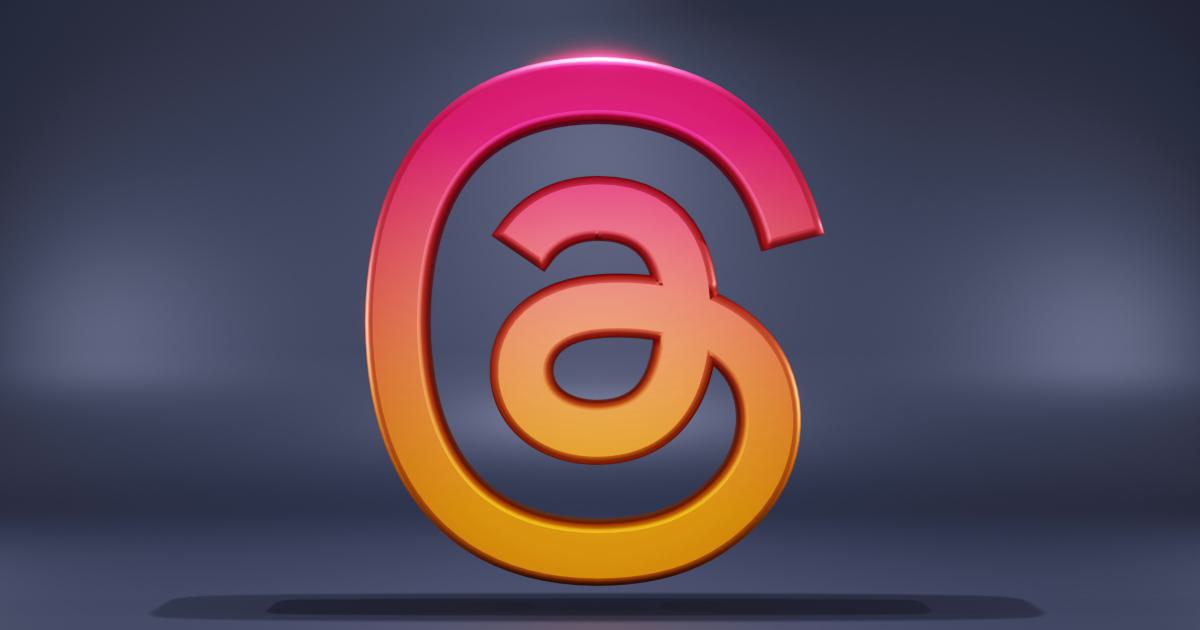Unleash the Power of Email Marketing Distribution


Introduction: Harnessing the Potential of Email Marketing
In the ever-evolving digital landscape, email marketing remains a powerful and versatile tool for businesses of all sizes. Email marketing distribution is the process of strategically delivering targeted email campaigns to a curated audience, with the goal of driving engagement, conversions, and ultimately, business growth. In this comprehensive article, we will explore the key aspects of effective email marketing distribution, equipping you with the knowledge and strategies to harness the full potential of this dynamic medium.

The foundation of successful email marketing distribution lies in understanding your target audience, crafting compelling content, and leveraging the right tools and techniques. By mastering these core elements, you can unleash the power of email to cultivate meaningful relationships with your subscribers, increase brand awareness, and drive measurable results for your business.
Defining Your Target Audience
The first and most crucial step in effective email marketing distribution is to define your target audience. Knowing your audience inside and out will enable you to create personalized, relevant, and highly engaging email campaigns that resonate with your subscribers.
Segmentation: The Key to Precision Targeting
Segmentation is the process of dividing your email list into smaller, more targeted groups based on specific criteria. This could include demographics, interests, purchase history, or any other relevant data points that help you tailor your messaging to individual subscriber needs. By segmenting your audience, you can create a more personalized experience, which has been shown to significantly improve email engagement and conversion rates.

Persona Development: Bringing Your Audience to Life
To truly understand your target audience, it's essential to create detailed buyer personas. These fictional representations of your ideal customers should be based on real data and insights gathered from market research, customer interviews, and analytics. By developing these personas, you can gain a deeper understanding of your audience's pain points, preferences, and behaviors, allowing you to craft more relevant and effective email campaigns.
Crafting Compelling Email Content
With your target audience clearly defined, the next step is to focus on creating engaging and valuable email content. The quality and relevance of your email content can make or break the success of your distribution efforts.
Personalization: The Key to Building Connections
Personalization is a critical element in email marketing distribution. By incorporating dynamic content and personalized elements, such as the subscriber's name, location, or past interactions, you can make your emails feel more tailored and relevant to each recipient. This level of personalization can significantly boost open and click-through rates, as subscribers feel that the content is specifically designed for them.

Storytelling: Captivating Your Audience
Effective email content goes beyond simply conveying information; it should tell a compelling story that resonates with your audience. By weaving in elements of storytelling, such as relatable narratives, emotional appeals, and a clear call-to-action, you can create a more immersive and memorable experience for your subscribers.
Valuable and Informative Content
While creativity and engagement are essential, it's equally important to ensure that your email content provides genuine value to your subscribers. This could include educational resources, industry insights, exclusive offers, or any other information that helps your audience address their pain points or achieve their goals.
Leveraging Email Marketing Automation
To streamline and optimize your email marketing distribution efforts, embracing email marketing automation can be a game-changer. Automation tools and technologies allow you to create and deploy personalized, targeted, and timely email campaigns with minimal manual intervention.
Automated Workflows: Nurturing Leads and Strengthening Relationships
Automated workflows, such as welcome sequences, abandoned cart reminders, and post-purchase follow-ups, enable you to engage your subscribers at every stage of the customer journey. By automating these critical touchpoints, you can nurture leads, foster customer loyalty, and ensure that your brand remains top-of-mind.

Triggered Campaigns: Delivering Relevance at the Right Moment
Triggered campaigns, which are initiated by specific user actions or events, allow you to deliver highly relevant and timely email content. For example, you could set up a triggered campaign to send a personalized product recommendation email when a subscriber views a particular item on your website. This level of precision and responsiveness can significantly improve engagement and conversion rates.
Artificial Intelligence and Machine Learning: Unlocking Deeper Insights
Emerging technologies, such as artificial intelligence (AI) and machine learning (ML), are revolutionizing the world of email marketing distribution. By leveraging these advanced tools, you can gain deeper insights into subscriber behavior, optimize content and delivery, and automate complex decision-making processes. This can lead to enhanced targeting, improved personalization, and greater overall campaign performance.
Optimizing Email Deliverability
Crafting compelling email content and leveraging automation are essential, but they mean little if your messages never reach your subscribers' inboxes. Ensuring high email deliverability is a critical component of effective email marketing distribution.
List Hygiene: Maintaining a Clean and Engaged Subscriber Base
Regularly maintaining the health and quality of your email list is crucial for deliverability. This includes removing inactive or unengaged subscribers, verifying email addresses, and implementing double opt-in processes to ensure that your list is composed of interested and engaged recipients.

Reputation Management: Protecting Your Brand's Credibility
Your email sender reputation, as perceived by email service providers (ESPs), can significantly impact your deliverability rates. By adhering to best practices, such as consistent branding, providing valuable content, and maintaining a low bounce and unsubscribe rate, you can build and maintain a positive sender reputation, ensuring that your emails land in the primary inbox rather than the spam folder.
Compliance and Regulation: Navigating the Legal Landscape
The email marketing landscape is subject to various legal regulations, such as the CAN-SPAM Act and the General Data Protection Regulation (GDPR). Ensuring compliance with these laws and regulations is essential to avoid penalties and maintain the trust of your subscribers. This includes obtaining proper consent, providing clear opt-out mechanisms, and maintaining transparent privacy policies.
Measuring and Analyzing Email Performance
To continuously improve your email marketing distribution efforts, it's crucial to implement robust tracking and analytics. By monitoring key performance metrics, you can gain valuable insights into what's working, what needs improvement, and how to optimize your campaigns for maximum impact.
Key Metrics to Track
Some of the most important email marketing metrics to track include:
- Open rate: The percentage of subscribers who opened your email
- Click-through rate (CTR): The percentage of subscribers who clicked on a link within your email
- Conversion rate: The percentage of subscribers who took a desired action, such as making a purchase or signing up for a service
- Bounce rate: The percentage of emails that were undelivered
- Unsubscribe rate: The percentage of subscribers who opted out of your email list

Analyzing and Interpreting the Data
By closely monitoring these metrics, you can identify trends, spot opportunities for improvement, and make data-driven decisions to refine your email marketing distribution strategy. For example, if you notice a significant drop in open rates, you may need to re-evaluate your subject lines or sender name. Alternatively, if certain campaign elements, such as specific content or calls-to-action, are consistently driving higher engagement, you can double down on those successful tactics.
Overcoming Common Challenges
While email marketing distribution can be a powerful tool, it's not without its challenges. Understanding and addressing these obstacles can help you navigate the landscape more effectively and maximize the impact of your email campaigns.
List Growth and Acquisition
Building a robust and engaged email list is essential, but it can be a significant challenge, especially for new businesses or those with limited resources. Strategies such as lead magnets, social media integration, and website opt-in forms can help you steadily grow your email list with high-quality subscribers.

Content Creation and Personalization
Consistently producing engaging, personalized email content can be time-consuming and resource-intensive. Leveraging content calendars, automation tools, and subscriber data can help streamline this process and ensure that your emails remain fresh, relevant, and tailored to your audience's needs.
Deliverability and Spam Concerns
As mentioned earlier, maintaining high email deliverability is crucial, but it can be a constant battle against spam filters and blacklists. By adhering to best practices, monitoring your reputation, and continuously improving your email content and list hygiene, you can optimize your deliverability and ensure that your messages reach the intended inboxes.
The Future of Email Marketing Distribution
As the digital landscape continues to evolve, the role of email marketing distribution is poised to become even more integral to the success of businesses across industries. Here are some emerging trends and future developments that may shape the future of this dynamic marketing channel:
Increased Personalization and Hyper-Targeting
With advancements in data analytics, artificial intelligence, and machine learning, email marketing distribution will become increasingly personalized and targeted. Marketers will be able to leverage deeper insights into subscriber behavior and preferences to craft highly personalized campaigns that cater to individual needs and interests.

Integration with Other Digital Channels
The integration of email marketing with other digital channels, such as social media, SMS, and mobile applications, will become more seamless. This cross-channel approach will allow for a more unified and cohesive customer experience, where email plays a central role in a broader omnichannel marketing strategy.
Continued Emphasis on Deliverability and Compliance
As email service providers and regulatory bodies continue to prioritize user privacy and the quality of email content, the focus on deliverability and compliance will remain paramount. Marketers will need to stay agile and adapt to evolving best practices and industry regulations to ensure the long-term success of their email marketing distribution efforts.
Emergence of Innovative Technologies
Emerging technologies, such as voice-activated assistants, augmented reality, and blockchain, may introduce new opportunities and challenges for email marketing distribution. Marketers will need to stay informed and open-minded to these innovations, exploring ways to leverage them to enhance the subscriber experience and drive better campaign results.
Conclusion: Embracing the Power of Email Marketing Distribution
In the dynamic world of digital marketing, email marketing distribution remains a powerful and versatile tool for businesses of all sizes. By defining your target audience, crafting compelling content, leveraging automation, optimizing deliverability, and measuring performance, you can unlock the full potential of email to drive engagement, conversions, and long-term business growth.
As the landscape continues to evolve, staying attuned to emerging trends and best practices will be crucial for maintaining a competitive edge. By embracing the strategies and insights outlined in this comprehensive guide, you can position your business for success and harness the transformative power of email marketing distribution.
Further Reading
- Email Marketing Best Practices for 2023
- The Ultimate Guide to Email List Building
- Personalization Strategies for Improved Email Engagement
- Navigating Email Deliverability: Tips and Tricks
- The Future of Email Marketing: Trends and Predictions